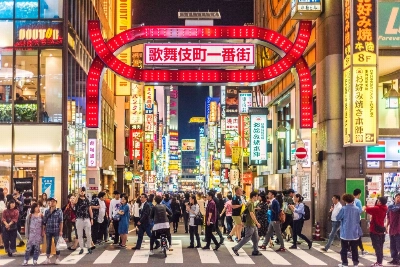Last week, Prime Minister Shigeru Ishiba traveled to Vietnam and the Philippines for a round of Golden Week diplomacy. It is not unusual for Japan’s leader to spend the holiday period abroad given the hiatus from the usual demands of domestic politics. It was also not unusual for the prime minister to visit Southeast Asia; after all, Japan has done much over the past few decades to cultivate deeper ties with its partners in the Association of Southeast Asian Nations.
What is unusual about the trip is the consistency of Japan’s “Free and Open Indo-Pacific Strategy.” Created under the Shinzo Abe administration a decade ago, this diplomatic and security strategy has not only survived through four administrations, each consecutive leader has built upon it. In an era of increased strategic uncertainty, this consistency from Japan continues to demonstrate its utility in reinforcing the rules-based international order in the Indo-Pacific region.
The genesis of the FOIP strategy stretches back to 2006 with the first Abe administration. While Japan had long implemented policies aimed at cultivating regional ties for economic purposes, Abe and his team recognized the need for deliberately incorporating other instruments of national power into its efforts, namely in the realms of diplomacy and security.



















With your current subscription plan you can comment on stories. However, before writing your first comment, please create a display name in the Profile section of your subscriber account page.